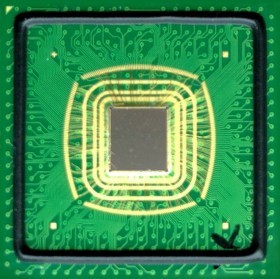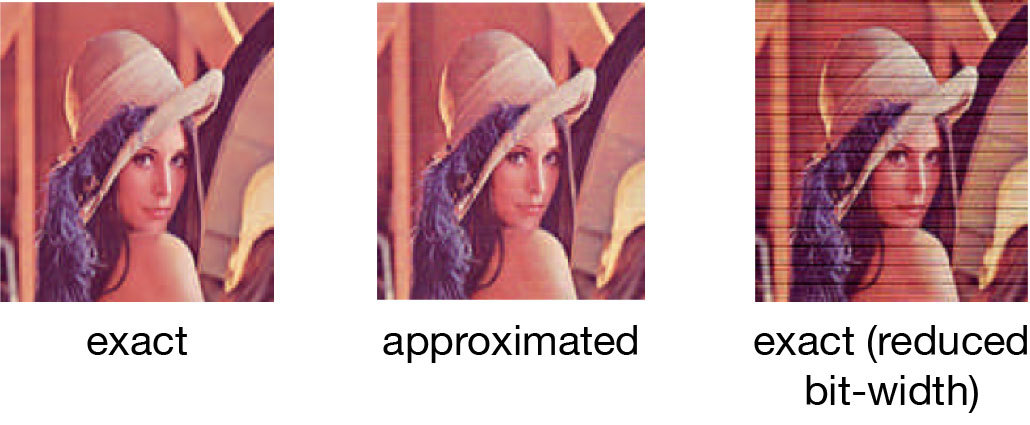New military chips use approximate calculations.
1 + 1 = 2.01 ... or 1.98
 DARPA funded the development of the S1 computer chip, which is designed to add small errors to the calculations. The developers at Singular Computing are confident that fuzzy computing is one of the necessary conditions for computer systems that process noisy real-world data, such as video.
DARPA funded the development of the S1 computer chip, which is designed to add small errors to the calculations. The developers at Singular Computing are confident that fuzzy computing is one of the necessary conditions for computer systems that process noisy real-world data, such as video.“If microchips are mistaken, this does not mean that the results of the program will be erroneous,” said Joseph Bates, co-founder and executive director of Singular Computing. Fuzzy logic chips and unguaranteed accurate answers still give good results on many tasks, but they are constructively simpler and consume less energy, and in some AI applications they are even more efficient.
Singular Computing works together with specialists from Sandia National Laboratories (Sandia National Lab), Carnegie Mellon University, the Department of Naval Studies of the US Department of Defense and the Massachusetts Institute of Technology. They develop tests that can test the effectiveness of the fuzzy logic of the S1 chip on certain tasks. Best of all for such processing are suitable data with noise or those that require some kind of approximation.

JPEG compression options
')
Promising results have already been obtained on such tasks as high-resolution radar imagery and the export of 3D objects from stereo images, as well as in depth learning systems for creating artificial intelligence applications.
For example, an application for tracking objects in video (cars, etc.) in the simulation showed frame processing performance almost 100 times higher than a conventional processor with absolutely accurate mathematics, while consuming less than 2% of energy compared to a conventional processor.
Singular Computing is not the first company to experiment with approximate calculations . Such studies have been going on for many years , even Intel once released Pentium processors with an error when dividing floating-point numbers (though not specifically). However, the current investment DARPA - the largest investment in such development for all years. This is understandable, because with the development of unmanned aircraft, robotics and video surveillance systems, the processing of video streams is more relevant than ever, it is here that the most intensive scientific and technical work takes place.
Singular Computing is going to construct a cluster of probabilistic computers, each of which has 16 probabilistic S1 chips and one ordinary processor installed. In the summer, the first five computers will be distributed for testing to government organizations and educational institutions. These tests should confirm the potential of the technology and whet the interest of the chip manufacturers.
This investment DARPA made under the program Upside , created to invent new, more efficient video processing technologies. The same reconnaissance drones take off large volumes of video, but they cannot always transfer them in real time for processing, and it is very expensive to have a high-performance computer on board.
Programmers will not be easy to adapt to new chips, because they are accustomed to the idea that the processor always produces an accurate result of calculations, said Christian Enz , a professor at the Swiss Federal Institute of Technology in Lausanne, who himself is creating probabilistic chips. For programming to create new tools.
On the other hand, approximate calculations are more logical and natural for processing fuzzy data, Deb Roy, professor at MIT Media Lab and director of media research on Twitter, thinks, so now programmers are more than ever ready to use such a technique for photo processing and video, as well as for computer analysis of real world events and human behavior.
Source: https://habr.com/ru/post/368727/
All Articles